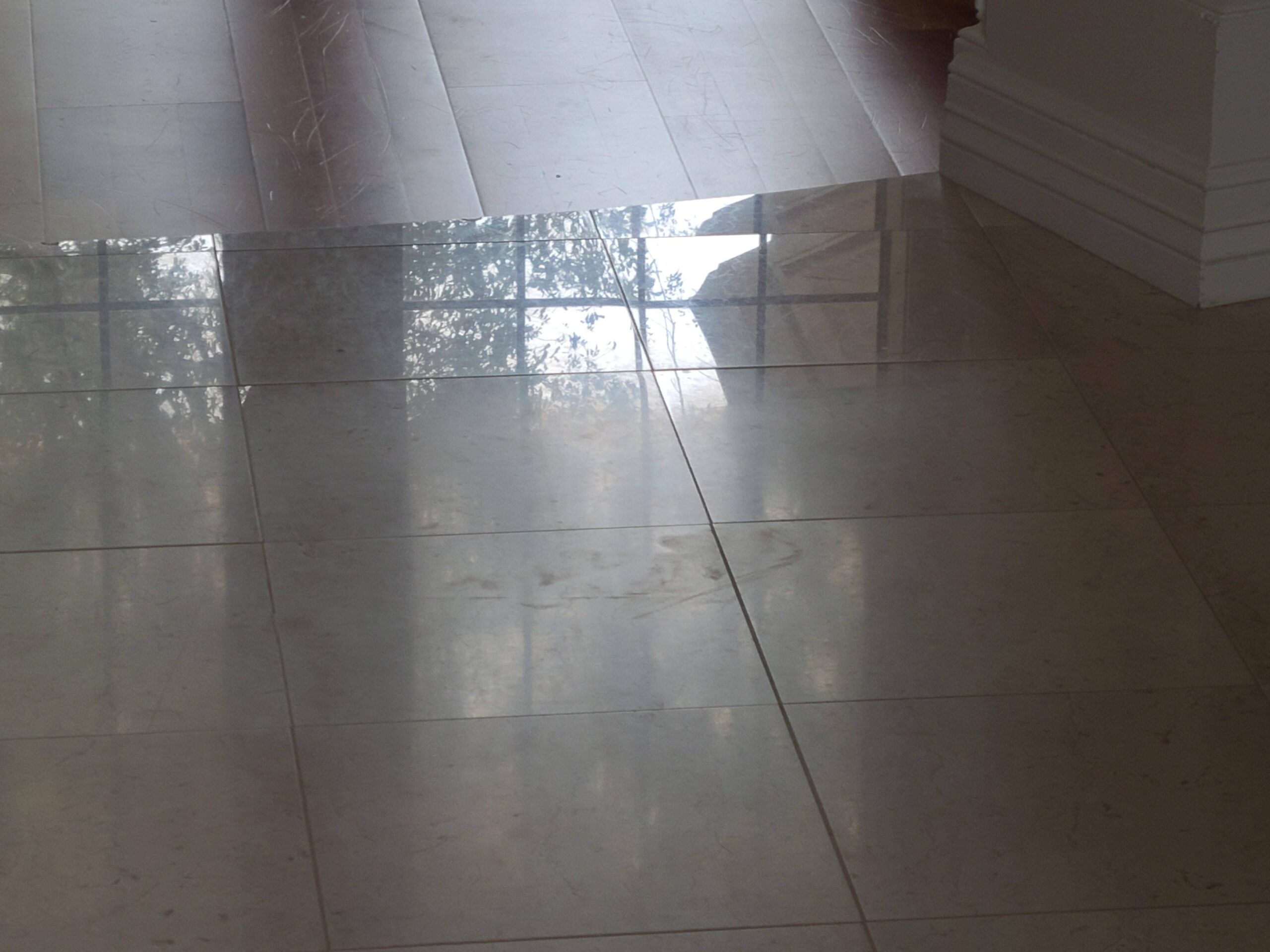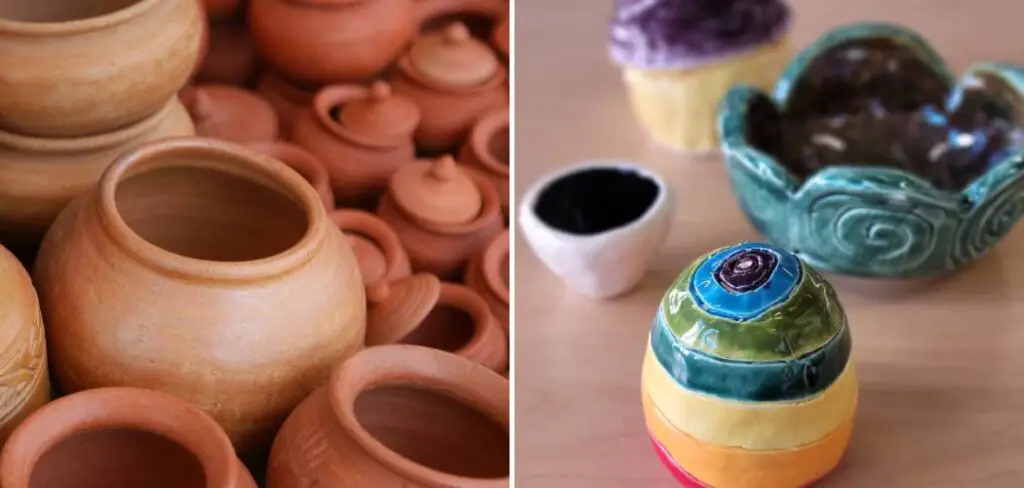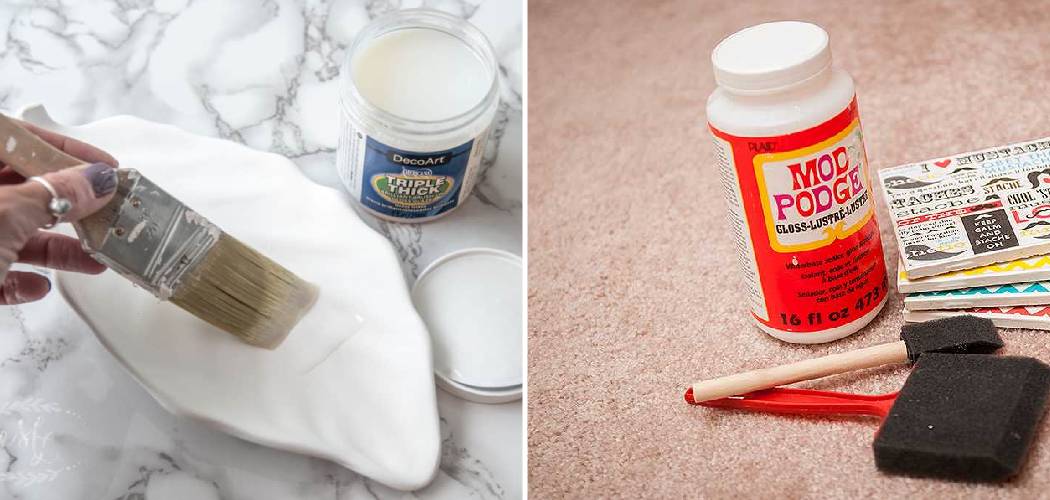Transforming a glossy glazed ceramic piece into a matte finish offers a creative twist to traditional ceramics and allows for a unique aesthetic. Whether you want to tone down the shine of a high-gloss glaze or experiment with a different texture, the process of turning a glossy glaze matte requires careful consideration and precise execution.
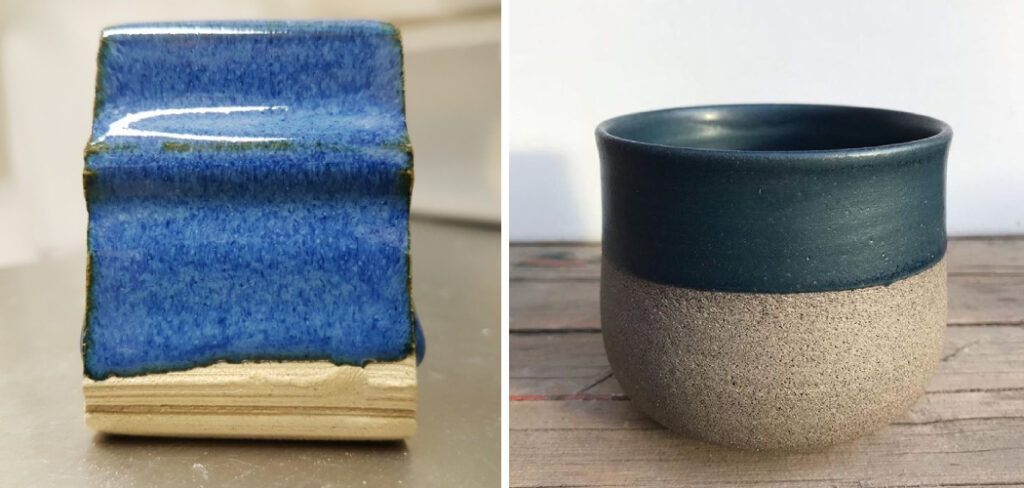
In this guide, we will explore how to turn a glossy glaze matte, including surface treatments, additives, and firing adjustments. From selecting the right materials to understanding the impact of firing temperatures, this tutorial will provide a comprehensive approach to help you achieve the desired matte effect on your glazed ceramics. Unlock the artistic potential of matte finishes as we delve into the intricacies of transforming glossy glazes into a subdued and visually captivating surface.
Table of Contents
Reasons for Wanting a Matte Finish
There are many reasons why you may want to turn a glossy glaze into a matte finish. Some of the most common reasons include:
- Aesthetic Preference: Many people simply prefer the look of a matte finish over a glossy one. Matte finishes often give off a more subtle and muted appearance, which can be more appealing to some individuals.
- Reducing Glare: Glossy glazes can give off a high shine and reflect light, which can be especially problematic in certain settings. For example, in an office or classroom where there are often bright lights and computer screens, the glare from glossy surfaces can be distracting and uncomfortable for those working or learning.
- Hiding Imperfections: Matte finishes have the ability to hide imperfections in the underlying surface. This can be especially helpful when working with older or damaged materials that may have dents, scratches, or other flaws.
- Adding Texture: Depending on the type of matte finish used, it can add a unique texture to an otherwise smooth and glossy surface. This can create visual interest and depth in a piece.
- Versatility: Matte finishes can be used in a variety of settings, whether it’s for home decor, ceramics, or even nail polish. This versatility makes it a popular choice for many people.
- Personalization: By turning a glossy glaze into a matte finish, you can add your own personal touch to an item. Whether it’s customizing a piece of pottery or giving your furniture a unique look, matte finishes allow for creative expression.
- Easy to Maintain: Matte finishes tend to be easier to maintain than glossy ones. They are less prone to showing fingerprints, water spots, and other marks, making them a more practical option for everyday use.
10 Steps How to Turn a Glossy Glaze Matte
1. Choose the Right Matte Glaze:
Begin by selecting a matte glaze that suits your aesthetic preferences and firing conditions. Matte glazes come in various formulations, each producing distinct finishes. Test different matte glazes on sample tiles or small pieces to determine the effect you desire before applying them to your main ceramic piece.
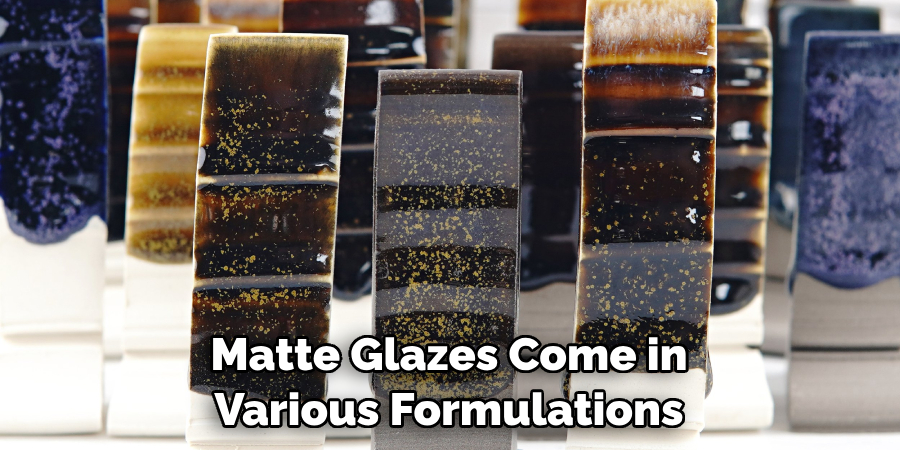
2. Surface Preparation:
Ensure that the ceramic surface is clean and free from any dust or contaminants. Wipe the piece with a damp sponge and allow it to dry completely before applying the matte glaze. A smooth, even surface is essential for achieving an even matte finish.
3. Apply the Matte Glaze:
Using a brush, spray gun, or dipping method, apply the chosen matte glaze evenly over the ceramic surface. Follow the manufacturer’s guidelines for application thickness to achieve the desired matte effect. Be mindful of avoiding drips, uneven coverage, or pooling that may impact the final finish.
4. Adjust the Glaze Thickness:
Achieving a matte finish often involves adjusting the thickness of the glaze. Applying a thinner layer of matte glaze can contribute to a more muted effect. Experiment with varying thicknesses on test tiles to find the optimal application for the desired matte appearance.
5. Experiment with Underglazes:
Consider using underglazes in combination with the matte glaze to achieve unique effects. Applying underglazes beneath the matte glaze can alter the color or texture, providing additional depth and complexity to the final matte finish.
6. Introduce Additives:
Experiment with additives to modify the matte glaze’s texture and appearance. Incorporate materials such as silica, alumina, or magnesium to create a more matte or satin-like finish. Test different proportions of additives on sample tiles to gauge their impact.
7. Firing Temperature Adjustments:
The firing temperature significantly influences the outcome of a matte glaze. Lowering the firing temperature can contribute to a more matte appearance, as higher temperatures may cause certain matte glazes to turn glossy. Conduct test firings with various temperature adjustments to find the sweet spot for achieving the desired matte effect.
8. Consider Multiple Firings:
For intricate or layered designs, consider multiple firings to achieve the desired matte finish. Applying matte glazes over existing glossy glazes may require additional firings to achieve the ideal combination of textures and colors.

9. Experiment with Reduction Firing:
Incorporate reduction firing techniques to enhance the matte effect. Reduction firing involves altering the kiln’s atmosphere to create unique surface effects. Experiment with reduction firings, but be cautious, as this technique may impact both the color and texture of the matte glaze.
10. Post-Firing Treatments:
After the final firing, consider post-firing treatments to further enhance the matte appearance. Sanding the surface with fine-grit sandpaper can create a softer matte finish by reducing any sheen. Experiment with different levels of sanding to achieve the desired texture.
Choosing the Right Matte Overglaze
In the world of pottery, glazes play a major role in determining the final look and feel of a piece. While glossy glazes are popular for their shiny finish, matte overglazes offer a softer and more subdued appearance. Many potters prefer using matte overglazes because they can make intricate details stand out better compared to glossy glazes that tend to reflect light and hide details.
Common Mistakes to Avoid When Turning a Glossy Glaze Matte
After spending time and effort on creating the perfect glossy glaze for your pottery, you may find yourself wanting to switch things up and try a matte glaze instead. However, turning a glossy glaze matte is not as simple as applying a new coat of glaze. There are several common mistakes that can ruin the desired effect and result in disappointment. In this article, we will discuss these mistakes and how to avoid them.
Mistake #1: Not Testing the Glaze on a Test Piece
One of the biggest mistakes when attempting to turn a glossy glaze matte is not testing it first. Each glaze has its own unique formula and composition, so what works for one may not work for another. It is important to test the glaze on a test piece before applying it to your actual pottery. This will give you an idea of how the glaze will react and help you make any necessary adjustments.
Mistake #2: Applying Too Thick of a Layer
When trying to achieve a matte finish, many potters tend to apply thick layers of glaze, thinking it will result in a more pronounced matte effect. However, this can actually lead to a splotchy or uneven finish. It is important to apply thin and even coats of glaze to achieve the desired matte effect.
Mistake #3: Using the Wrong Firing Temperature
The firing temperature plays a crucial role in the outcome of your glaze. Some glazes may require a higher or lower temperature to achieve the desired matte effect. Make sure to check the firing temperature recommended by the manufacturer and adjust accordingly.
Mistake #4: Not Mixing the Glaze Properly
Proper mixing is important for all glazes, but it becomes even more crucial when attempting to turn a glossy glaze matte. If the ingredients are not mixed properly, the glaze may come out too glossy or uneven. Take the time to mix the glaze thoroughly before applying it.
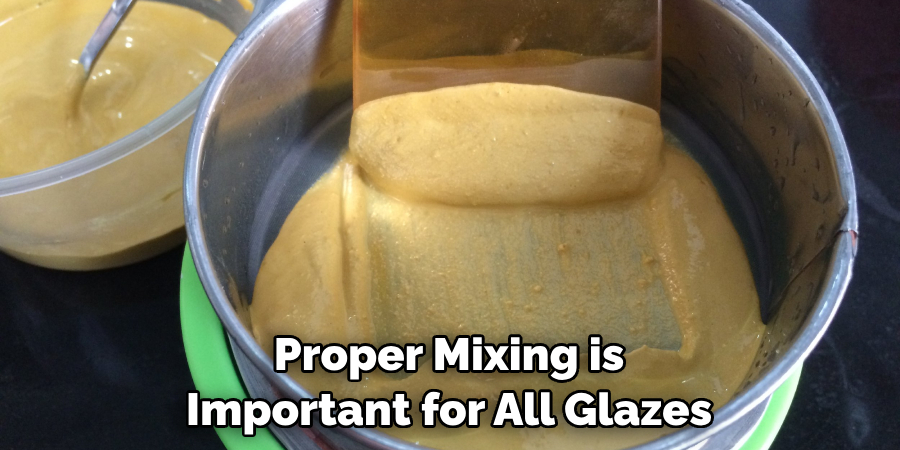
Conclusion
To wrap up, a matte glaze finish gives an awesome and unique look to your ceramic work. Matte glazes don’t require any special tools or knowledge to create – you can easily get the job done with some basic supplies you probably already have on hand at home. To achieve the best results, start by making sure that your piece is clean and free of shine before applying the matte glaze.
Experiment with different combinations of glazes and techniques until you find the perfect way to turn your glossy glaze to matte! Plus, you can use this method of matting down glossy glazes for all kinds of finishes – from dinnerware like plates and bowls to small decorative pieces. So go ahead, give it a try and see if you can transform a glossy glaze into something completely new! How to turn a glossy glaze matte? Now you know.
